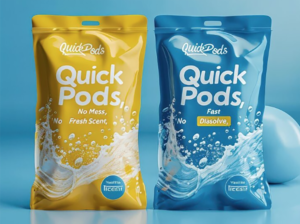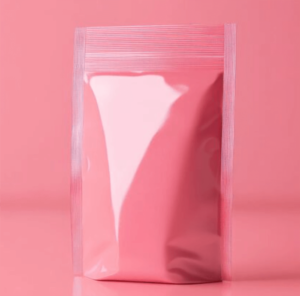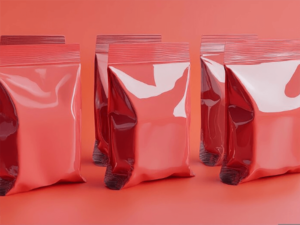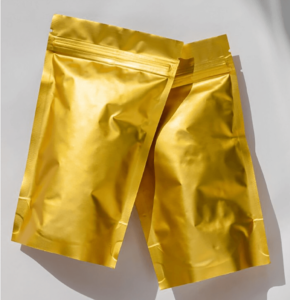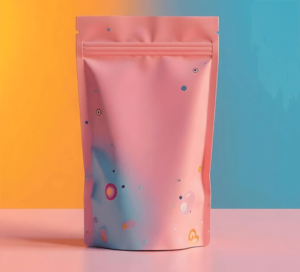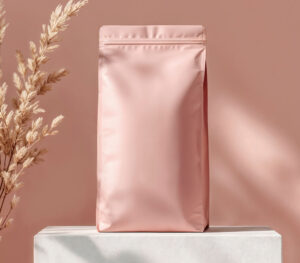Innovative Materials for Drip Coffee Packaging: Balancing Freshness Protection and Sustainability
The essence of a great cup of coffee lies in its freshness, which is meticulously preserved by advanced packaging materials. However, this protection must now be balanced with a crucial sustainability imperative.
Traditional multi-layer films, while effective at blocking oxygen and moisture, often present recyclability challenges due to their composite nature. The industry is rapidly moving towards mono-material structures, utilizing specialized polyolefins (like enhanced PE or PP) that, despite being a single type of plastic, can achieve high barrier properties through advanced coating or co-extrusion technologies. These materials aim to be compatible with existing recycling streams, reducing post-consumer waste.
Another significant innovation involves bio-based plastics and compostable materials. While still nascent for high-barrier coffee applications, research is accelerating to develop films derived from renewable resources (e.g., corn starch, sugarcane) that offer sufficient protection and can biodegrade under industrial composting conditions. The ultimate goal is to provide robust freshness protection while minimizing environmental impact throughout the product lifecycle.
Creating Closed-Loop Systems for Single-Serve Coffee Packaging
The concept of a circular economy is driving innovation in single-serve coffee packaging, aiming to keep materials in use and minimize waste. Creating closed-loop systems involves rethinking packaging from design to disposal.
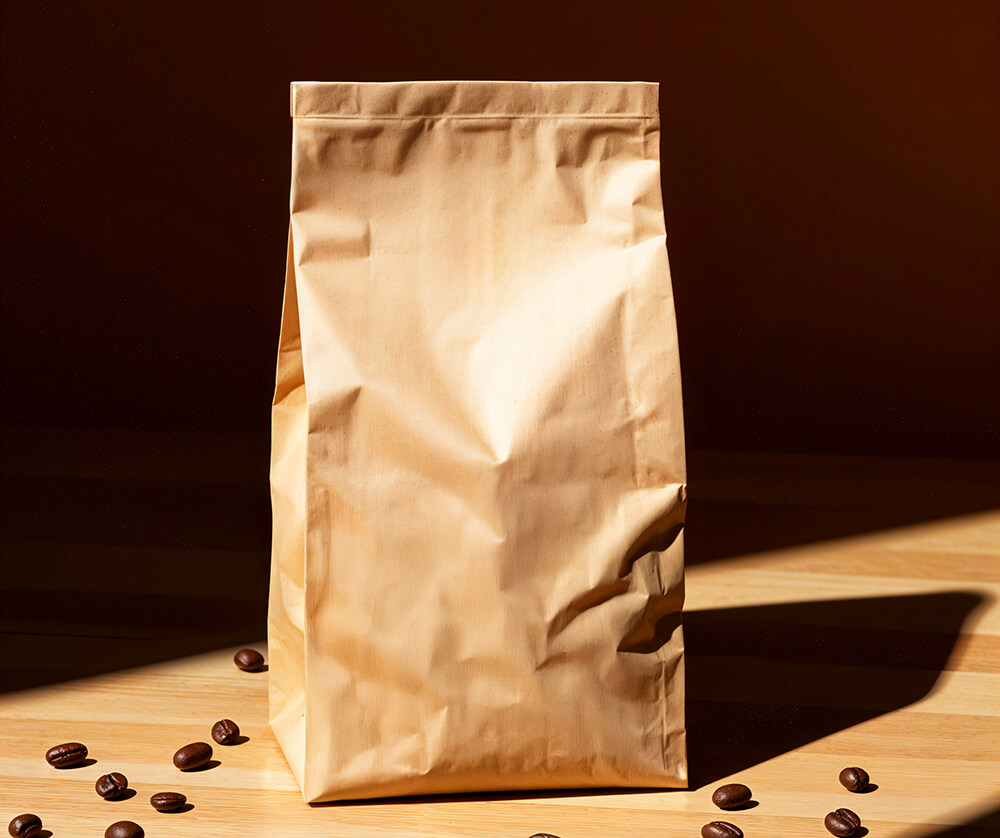
This includes:
- Recyclable-by-Design: Packaging is engineered from the outset using materials compatible with established recycling infrastructures, enabling post-consumer waste to be reprocessed into new packaging or other products. This often means simplifying material compositions to mono-materials.
- Refill and Reuse Models: Exploring systems where single-serve containers or components can be returned, cleaned, and refilled. While challenging for highly perishable coffee, this model is gaining traction for other product categories and influences design thinking for specialized refill pods or bags.
- Industrial Composting Solutions: For bio-based and compostable packaging, establishing robust industrial composting facilities is key to completing the loop, diverting organic waste from landfills and creating valuable soil amendments.
- Producer Responsibility Schemes: Manufacturers are taking greater accountability for the end-of-life of their packaging through extended producer responsibility (EPR) programs, investing in collection, sorting, and recycling infrastructure to facilitate circularity.
Transitioning to closed-loop systems requires collaboration across the entire value chain, from material suppliers to consumers, fostering a more sustainable approach to single-serve coffee consumption.
Visual Storytelling Through Coffee Packaging: Creating Memorable Brand Experiences
In a crowded marketplace, packaging for single-serve coffee has evolved beyond functional protection to become a powerful tool for visual storytelling and brand connection. It’s the first physical interaction a customer has with the brand, setting the tone for the coffee inside.
- Evoking Origin and Craft: Designs often feature elements that convey the coffee’s origin, the roasting process, or the unique flavor profile. This can include intricate illustrations of coffee farms, minimalist designs highlighting the bean type, or a rustic aesthetic suggesting artisanal craftsmanship.
- Color Psychology: The strategic use of color can communicate flavor notes (e.g., warm tones for rich, dark roasts; brighter hues for lighter, fruity notes) or brand values (e.g., earthy tones for sustainability).
- Typography and Texture: Distinctive fonts and tactile elements, such as matte finishes, embossed patterns, or paper-feel laminates (like Kraft paper stand-up pouches), enhance the premium perception and provide a sensory experience before the first sip.
- Simplicity and Clarity: For many premium brands, less is more. Clean lines, clear product information, and a focus on core brand messages can convey sophistication and confidence.
Effective visual storytelling through packaging transforms a transactional purchase into an engaging narrative, fostering emotional connections and brand loyalty.
Cost-Effective Manufacturing Solutions for Premium Drip Coffee Packaging
Producing high-quality single-serve coffee packaging, especially for drip coffee formats, demands efficient and cost-effective manufacturing solutions that don’t compromise on premium appeal or protective capabilities.
- Automated Form-Fill-Seal (FFS) Machines: These highly efficient machines are central to high-volume production. They take flat film rolls, form the pouch (e.g., flat bottom pouches or stand-up pouches), fill them precisely, and then seal them automatically. Investing in such machinery, particularly from specialized manufacturers, ensures consistency, reduces labor costs, and minimizes material waste.
- Optimized Material Yield: Designing packaging with minimal waste in mind during the manufacturing process, such as efficient nesting of pouch shapes on film rolls, helps reduce overall material costs.
- Integrated Printing Solutions: High-quality flexographic or rotogravure printing directly onto the packaging film allows for vibrant graphics and detailed brand messaging without the added cost of separate labels.
- Lean Manufacturing Principles: Applying lean principles to the packaging line minimizes idle time, reduces errors, and optimizes workflow, leading to higher throughput and lower per-unit costs.
- Scalable Equipment: Selecting equipment that can handle a range of pouch sizes or types provides flexibility for future product expansion without requiring entirely new machinery, offering long-term cost effectiveness.
By leveraging advanced manufacturing techniques and optimizing material use, producers can deliver premium single-serve coffee packaging at competitive costs.
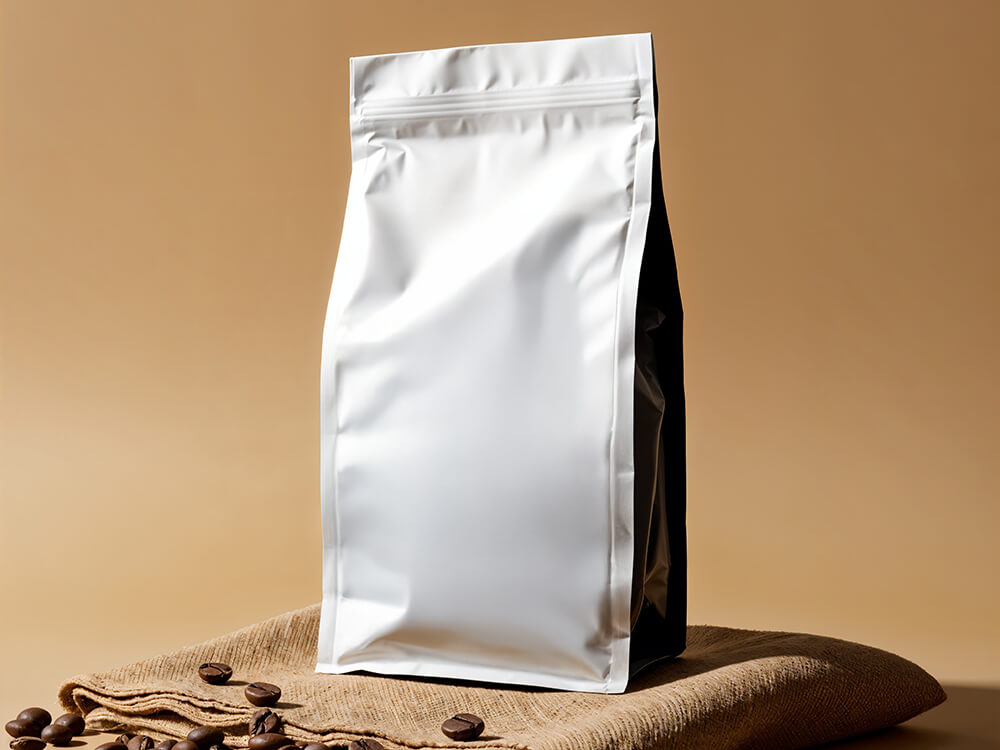
From Farm to Cup: Agricultural Waste-Derived Materials for Coffee Packaging
Innovations in sustainable packaging are increasingly looking to agricultural waste as a valuable resource, closing the loop from farm to cup. This approach transforms discarded biomass into functional packaging materials, reducing reliance on virgin plastics and paper.
- Coffee Husk/Chaff Composites: Research and early applications involve incorporating coffee husks (chaff), a byproduct of the roasting process, or coffee pulp, into packaging materials. These can be used as fillers in bioplastics or molded pulp applications, adding a unique aesthetic and reducing reliance on traditional materials.
- Cellulose from Crop Waste: Cellulose extracted from other agricultural waste streams (e.g., rice husks, corn stover) can be processed into fibers for paperboard, or even nano-cellulose for high-barrier coatings, offering new sustainable packaging solutions.
- Mycelium-Based Packaging: Utilizing fungal mycelium (the root structure of mushrooms) grown on agricultural waste substrates creates lightweight, biodegradable, and compostable packaging inserts or protective cushioning, suitable for secondary packaging of fragile coffee products.
These initiatives exemplify a truly circular approach, turning the byproducts of coffee cultivation or processing into components of its packaging, further enhancing the sustainability credentials of premium coffee brands.
Flexible Packaging Systems for Limited Production Runs: Maintaining Quality Without Scale
For artisanal roasters or specialty coffee brands, large-scale automated packaging lines may not be economically viable. Flexible packaging systems cater to limited production runs, ensuring premium quality and efficiency without requiring immense scale.
- Semi-Automatic Filling and Sealing Machines: These machines offer a balance of automation and manual control. Operators can manually load pre-formed pouches (like stand-up pouches or flat bottom pouches), while the machine handles precise filling, sealing, and date coding, ensuring consistent quality.
- Modular Equipment: Investing in modular components allows businesses to start small and add functionality as production scales, such as integrating automatic feeders or checkweighers.
- Versatile Machinery: Equipment that can easily switch between different pouch sizes or formats reduces the need for multiple machines, optimizing investment for varied product lines.
- Focus on Customization: For smaller runs, packaging suppliers can offer highly customized printed pouches even in lower minimum order quantities, allowing brands to maintain a premium visual identity without committing to massive volumes of materials.
- Quality Control at Small Scale: Even with limited automation, robust quality control protocols (e.g., manual seal integrity checks, visual inspections) are crucial to maintain the high standards expected of premium coffee.
These tailored flexible packaging solutions empower small-to-medium enterprises to deliver premium quality coffee with packaging that meets market demands, even without the scale of larger operations.
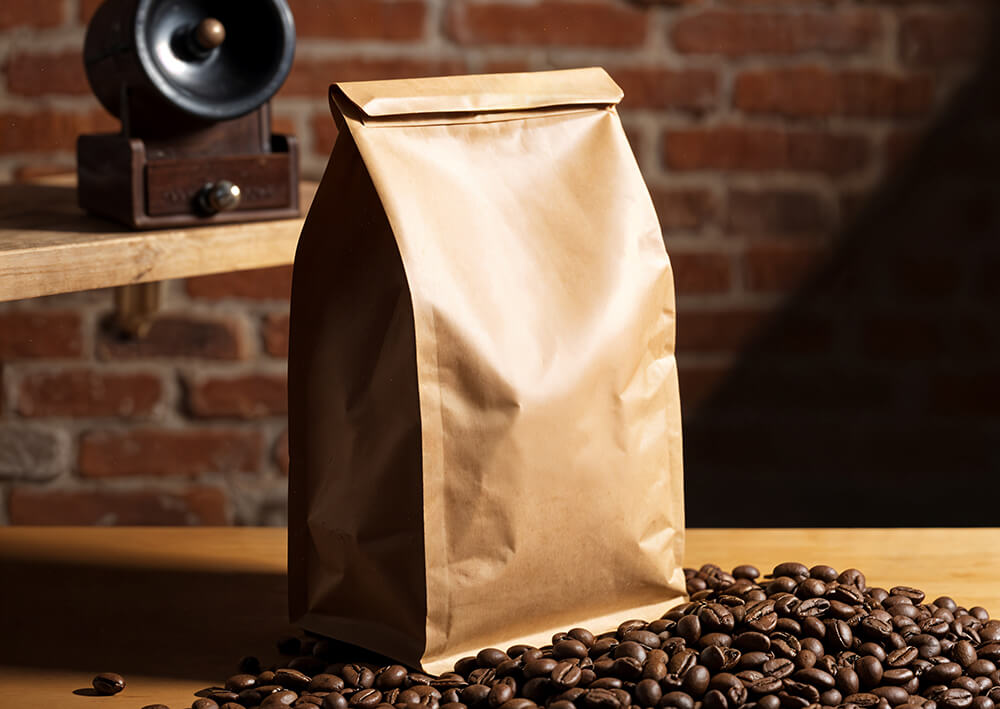
Aroma-Preserving Technologies in Premium Coffee Packaging: Innovation and Application
The delicate and complex aroma profile is arguably the most defining characteristic of premium coffee. Advanced packaging technologies are meticulously designed to safeguard these volatile compounds from degradation and escape.
- Ultra-High Barrier Films: As discussed, materials with exceptional oxygen and moisture barriers (e.g., AlOx/SiOx coated films, high-density EVOH laminates, or foil laminates) are crucial. They prevent the ingress of oxygen, which rapidly oxidizes aromatic oils, and prevent the escape of volatile flavor molecules.
- One-Way Degassing Valves: For freshly roasted coffee beans, a one-way degassing valve is indispensable. It allows CO2, naturally emitted by roasted beans, to escape from the package, preventing “ballooning” and rupture, while crucially preventing external oxygen from entering. This maintains the optimal environment for aroma preservation.
- Oxygen Scavengers: For ground coffee or very sensitive whole beans, integrating oxygen scavengers directly into the packaging material or as sachets within the package can further reduce residual oxygen to extremely low levels, significantly extending aroma retention.
- Aroma Barriers: Specific films or coatings are engineered not just for gas barriers but specifically to prevent the “scalping” (absorption) of volatile aroma compounds by the packaging material itself, ensuring the full aromatic profile reaches the cup.
- Hermetic Seals: The integrity of the seal is paramount. Advanced sealing technologies (e.g., precise heat sealing, ultrasonic sealing) create robust, airtight closures that prevent any aroma leakage or external contamination.
By integrating these technologies, premium coffee packaging ensures that the rich, complex aroma developed during roasting is perfectly preserved until the moment of brewing.
Temperature, Humidity, and Pressure: Protecting Coffee Quality During Transportation
The journey from roaster to consumer is fraught with environmental challenges. Packaging must act as a resilient shield against fluctuations in temperature, humidity, and atmospheric pressure to maintain coffee quality during transportation.
- Temperature Control: Extreme heat can accelerate oxidation and the degradation of delicate coffee oils, leading to stale or rancid flavors. Cold can cause condensation when packages warm up. High-barrier packaging provides insulation against rapid temperature swings, while specialized secondary packaging (e.g., insulated shippers, phase-change materials) is used for highly sensitive or long-distance transit.
- Humidity Protection: Moisture ingress can lead to clumping, mold growth, and flavor deterioration. High-moisture barrier films are essential to prevent this, ensuring the coffee remains dry and fresh regardless of external humidity levels.
- Pressure Management: Changes in atmospheric pressure during air freight (e.g., in aircraft cargo holds) can cause packages to expand or contract. While one-way degassing valves help manage internal pressure from degassing coffee, the overall structural integrity of the packaging must withstand external pressure differentials without compromising seals or causing damage. Robust laminates and strong seal designs are crucial.
- Physical Protection: Beyond environmental factors, packaging must protect against physical damage (impact, compression, vibration) during transit. Durable materials and structural designs (e.g., flat bottom pouches that offer better stability) minimize product degradation from physical stress.
By meticulously designing packaging to withstand these environmental stressors, coffee quality is safeguarded, ensuring a consistent and premium experience for the customer, regardless of how far the coffee travels.

